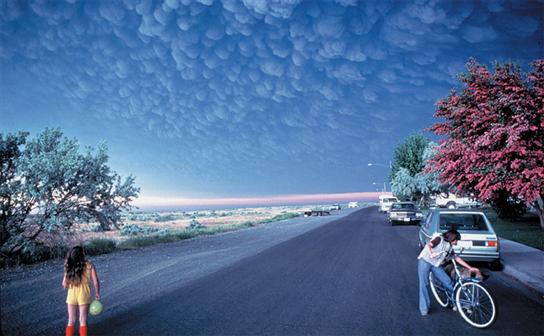Mel Auker is an Earth Sciences PhD student in the School of Earth Sciences at the University of Bristol. A mathematician by trade, Mel’s PhD uses numerical approaches to better understand past, present, and future global volcanic hazard and risk.
The recent tragedy at Sinabung volcano, Indonesia, bought some interesting thoughts to light amongst some members of the volcanology group at Bristol. There were comments regarding the decision by the authorities to allow people to return to their homes (you can see James Hickey’s perspective here). In an ideal world, I’m sure we are all agreed that the risks of volcanoes and their eruptions would be fully mitigated, and fatalities and financial losses would be zero.
Sadly, there is no such ideal. The reality is one of limited resources and a need to balance the benefits and costs of risk reduction to society. Personally, I find the concept of attaching a value to a life a difficult one. But policy makers calculate the Value of a Statistical Life (VSL) in order to make rational risk-reduction decisions at the societal level. The VSL is defined as the value an individual places on a marginal change in their likelihood of death, i.e. the price an individual is willing to pay for a small decrease in the likelihood of their death. In theory, the VSL could be calculated as follows:
“Suppose each person in a sample of 100,000 people were asked how much he or she would be willing to pay for a reduction in their individual risk of dying of 1 in 100,000, or 0.001%, over the next year. Since this reduction in risk would mean that we would expect one fewer death among the sample of 100,000 people over the next year on average, this is sometimes described as “one statistical life saved.” Now suppose that the average response to this hypothetical question was $100. Then the total dollar amount that the group would be willing to pay to save one statistical life in a year would be $100 per person × 100,000 people, or $10 million. This is what is meant by the value of a statistical life.” US Environmental Protection Agency

What price on a life? Image credit: Mel Auker
In practice, VSL calculations are often based on the payments people receive for risks they voluntarily take in their day-to-day life, by examining the wages paid in different jobs. After controlling for all the other factors that may affect wages (such as location and skill level), the remaining wage variation can be attributed to compensation for the risk of death. This value can be used in the same way as in the example above to calculate the VSL. Another similar method involves comparing the price people are willing to pay for goods of differing safety standards, such as cars.
The outcomes of VSL calculations are varied, but Miller (2000)1 presents a review of 39 US and 7 UK studies and produces data-based estimates of $3.472m and $2.281m in 1995 US dollars for these countries, respectively. There are insufficient data for Indonesia, but using a series of assumptions and proxy values, Miller estimates a Indonesian VSL in 1995 US dollars of only $0.16m.
These values are obviously approximate and somewhat outdated, but nevertheless provide rather haunting food for thought when considering how much should be invested in risk reduction at the societal level across the world.
Whilst the VSL concept can seem alien and cold, the events at Sinabung and the circumstances of the deaths – people had returned to check on their homes and possessions – perhaps suggest that those facing such risky situations may subconsciously perform a VSL-type calculation. For those who stand to lose everything in an eruption, it seems the line between life or livelihood is incredibly blurred.
[1] Miller, TR (2000) Variation between Countries in VSL. Journal of Transport Economics and Policy, Vol 34 No.2





